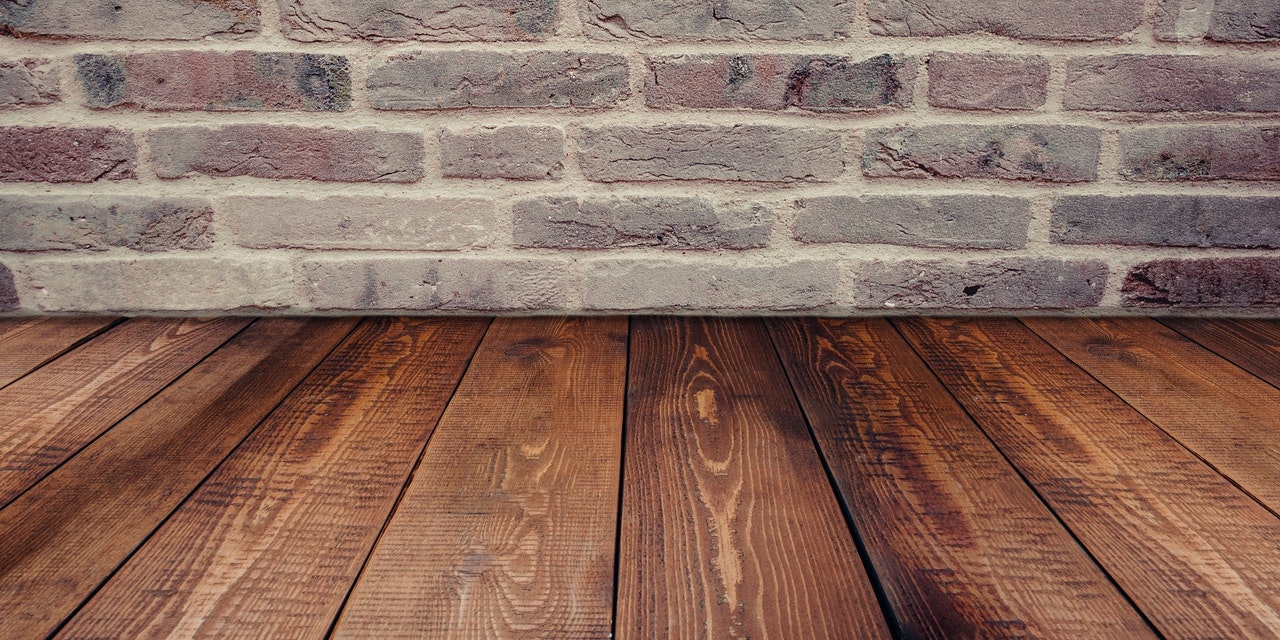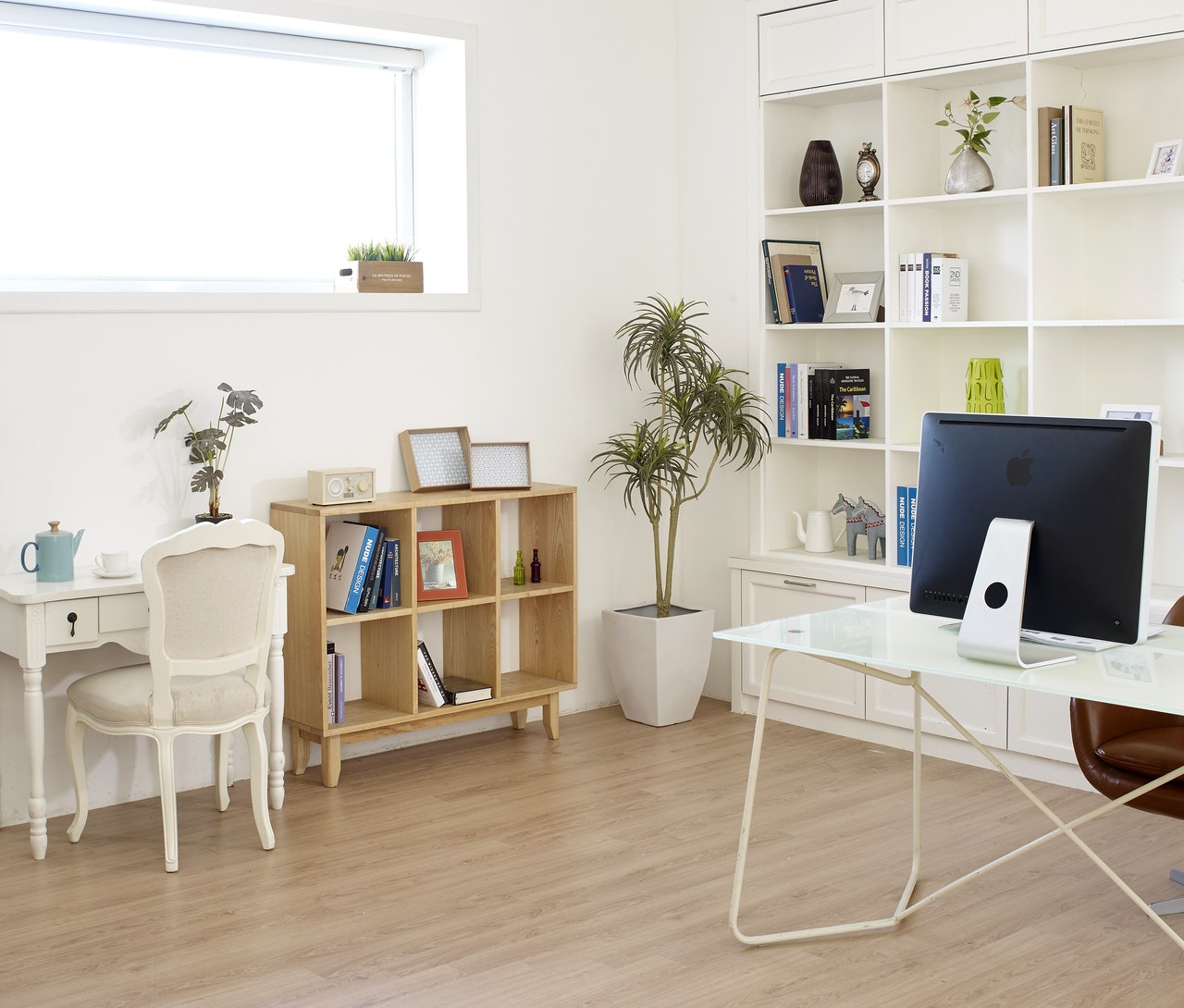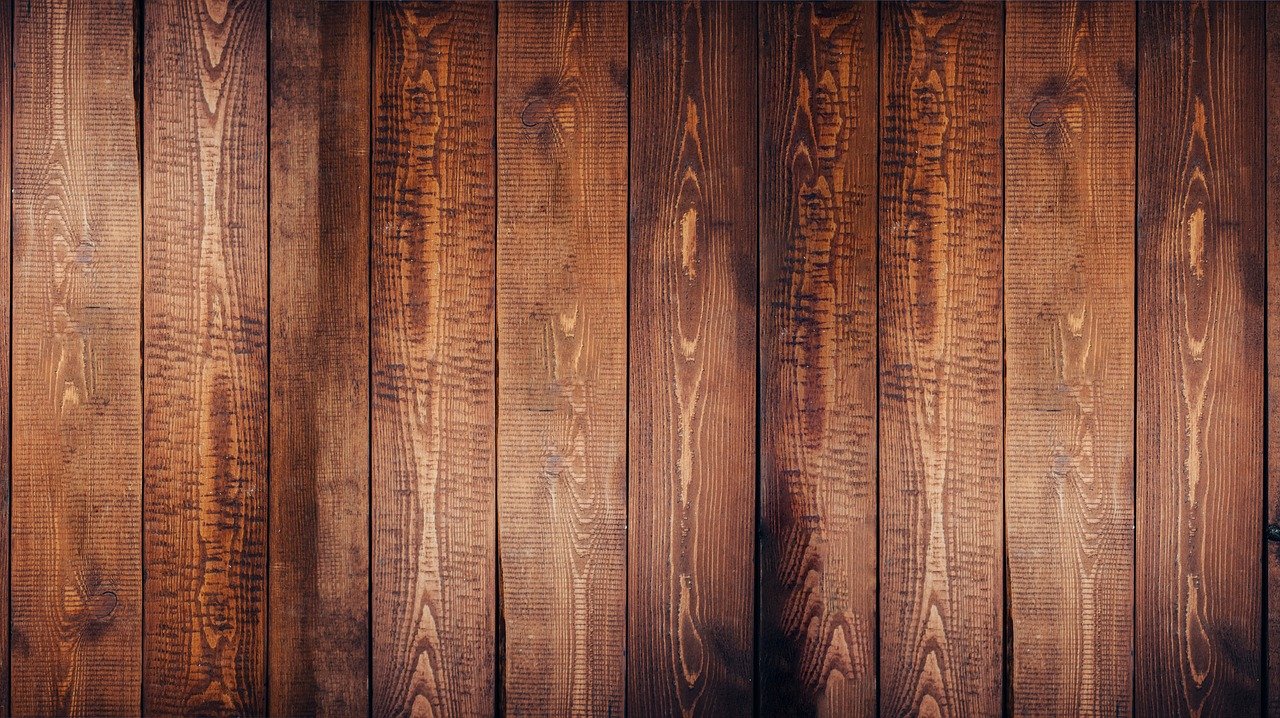You’re now moving to a new floor. It’s fun! But you can’t decide between carpet vs. laminate. It’s not fun! It can be difficult and time-consuming to choose between laminate or carpet. Both types offer stylish results and great perks at a similar price. The debate over laminate flooring Wirral vs carpet is still ongoing.
Your personal preferences and needs will determine which floor is best for you. To make it easier for you, we will compare the flooring materials side-by-side. We’ll be comparing their construction, installation methods, durability, best use, cost, and maintenance to help you decide which one is right for your needs.
Laminate construction vs. carpet
Before we get to the details, let’s briefly discuss the construction and makeup of both these flooring materials. We’ll be referring to them later.
Carpet construction
Although you might believe that you are an expert on carpet, we can assure you that you don’t. Because flooring manufacturers continue to develop new styles and materials, the only way to stay on top of the game is to speak to someone who sells flooring professionally.
There are three types of carpet, cut pile, loop pile and cut-and-loop. Loop pile is a pile that stands straight up from the backing. Cut pile, on the other hand, stands up and loops around before returning to the backing. The cut-and-loop is obviously a mix of both. This can make cut pile more durable and less brittle depending on the material.
Cut pile carpet
There are many options when it comes to fiber materials. You have nylon (the most popular), wool, polyester, and nearly a thousand others. Your needs and preferences will determine the right carpet for you. You can find more information about piles and fibers here.
Construction in laminate
What’s laminate flooring? It is a composite material that consists of three layers: a base, a photo-realistic layer and a protective wear layer.
Laminate’s base layer, which is similar to engineered hardwood flooring, is typically made of plywood or high density fiberboard. This is what gives laminate flooring its strength and underfoot feel.
However, this is where the similarities end. Laminate flooring is not like engineered hardwood which has a thin veneer made of real wood on the base layer. Instead, it has a photo-realistic image layer.
We mean photo- realistic. While older laminate products may look a little shabby or fake, modern printing technology and production techniques have made it very difficult to distinguish between laminate and the majority of wood flooring. Seriously! Laminate is no longer called faux wood flooring. It’s a leader in its field.
Laminate also has a top layer of wear to protect it against damage. Wear layers, which are made of transparent plasticate in recent years, have also improved. Some wear layers have a texture to match the real-life image layer.

What is the durability of laminate and carpet?
It all depends on what product you use, but both carpet and laminate are strong flooring options.
Carpeting’s durability
There are many types of carpets, so durability can vary greatly. For example, wool carpet is more susceptible to damage that polyester. Here’s how it usually breaks down:
Nylon is the most durable carpet fiber. Polyester and Olefin are close behind. A nylon carpet can last for over a decade if it is properly maintained.
Polyester is stain-resistant but not as durable as nylon.
Although wool is stain-resistant, it will be more expensive than synthetic fibers.
Loop pile is more durable than cut or cut and loop pile, which is often used for patterned carpets.
The carpet’s durability is often affected by how soft and dense the pile.
Laminate durability
Laminate flooring can be very durable thanks to its hardwear layer. Laminate flooring is resistant to scratches, gouges and chips as well as dents and dings. We can vouch for that last one.
Laminate flooring wear layers are UV-resistant. This means that it won’t fade in sunlight like engineered hardwoods or solid hardwoods. Laminate is not a waterproof option by itself (its organic core may warp if water seeps into it), but it ishighly resistant to water.
You may also find some manufacturers that offer waterproof laminate floors, though these are rarer. Laminate can be used in humid or underfloor heating areas.
Installation is easy
This is where the debate between laminate and carpet gets interesting. The pros and cons of carpet and laminate are almost all dependent on the brand you choose. There are many differences across the board when it comes to how installation is done.
Carpet installation
Carpet should be installed by professionals (and a skilled one). This is a complicated and difficult task. It involves measuring, cutting, nailing, and so on. To see the full guide to DIY Carpet Installation, you can read it. It’s quite a chore.
A good carpet requires a good underneathlayment . Do you remember walking on carpets that were laid directly on concrete or wood subfloors? Most likely not. It’s uncomfortable. It’s not very comfortable. What is a subfloor and an underlayment? To find out more, click this link.
Want our help? It’s best to hire a professional to do the job. Do-it-yourself carpet installation is almost never worthwhile. Yes, carpet installation is more difficult than installing other types of flooring because it requires a skilled professional. But trust us, it’s well worth the effort. To explore your options, find a flooring shop near you.
If you are determined to do the job yourself, or if it is a quick and inexpensive task, you might consider investing in peel-and stick carpet tiles. They are easy to install and can be purchased at Lowe’s and Home Depot. You can just peel and stick them, as the name suggests.
Laminate installation
Laminate is easier to install. Laminate is often sold as click together flooring. This means it is made of interlocking planks and doesn’t need glue or nails to be installed. It is also a floating floor, meaning it can be installed directly on top of existing floors (again, no glue or nails are required). It is held in place by the pressure of interlocking planks.
If you wish, you can install underlayments beneath laminate. Some laminate products require this, while others already have an underlayment layer beneath the base. It all depends on what product you choose! An underlayment can address the traditional drawbacks of floating floors-creaking and underfoot feel, etc.
All this to say that installing laminate is much simpler than installing carpet. It will take a lot less time to install laminate if you hire a professional (which we recommend).
What are the best uses of carpet and laminate?
There are so many options when it comes to carpeting: material, backing, pile, underlayment, etc., that it is difficult to discuss the “best uses” of each.
You can go in any direction that you like. You are looking for a soft floor in a low-traffic location? Consider a wool cut pile. Do you need to carpet an area with high traffic and high wear, such as an indoor-outdoor hallway or foyer? You can choose from nylon or polyester loop pile. It is up to you.
Laminate is easy to recommend for certain applications. Laminate can be used in humid environments due to its multi-layer construction. However, it is not waterproof. We recommend that you look into the pros and cons tile vs. Laminate if you require waterproofing. You can now buy snap-together tiles that are almost as easy as installing click-together laminate.
Laminate’s wear layer can become very slippery when wet so it is not the best mudroom flooring choice. We recommend synthetic flooring (today’s most durable vinyl flooring is strong enough to withstand mud and wear).
Laminate , as we have already mentioned, is ideal for any situation that requires durable, resistant flooring. Are you in a high-traffic area such as a hallway? Laminate is the best choice. Laminate is great for dogs and kids. Laminate. Are you looking for heavy furniture? Laminate can often withstand heavy furniture. It looks great and can be used as a great floor choice in living rooms or bedrooms.

Carpet and laminate maintenance and repair
Like all flooring, the maintenance requirements of laminate vs carpet will vary depending on which product you select. Laminate is generally easier to maintain than carpet. Laminate can be mopped, swept or wiped clean. You will need to vacuum, or steam your carpet depending on the type.
Laminate is also easy to fix because it’s a modular flooring. You can swap out one or two planks if something is damaged. With carpet, however, you would have to remove and replace the entire section. We’ve repeated this many times, but it all depends on what product you have.
Cost of laminate vs. carpet
Laminate and carpet are almost identical in price, which is one of the reasons they’re so popular. Laminate costs between $1-$10 per foot, which is comparable to broadloom carpeting in the mid-range.
You will pay more if you choose a super-luxury product. However, this is less of an issue with super-fancy (and beautiful) luxury carpeting.
Laminate and carpet installation fees are very similar. Although you might pay more for carpeting installation, the cost is generally fairly comparable. To get a quote, you can always contact a flooring retailer in your area.
Final thoughts
We’re sorry to disappoint you if you wanted to know if carpet or laminate is better than others. But it all depends on your preferences. What are you looking to find in a floor? What are the most important qualities for your floor?





